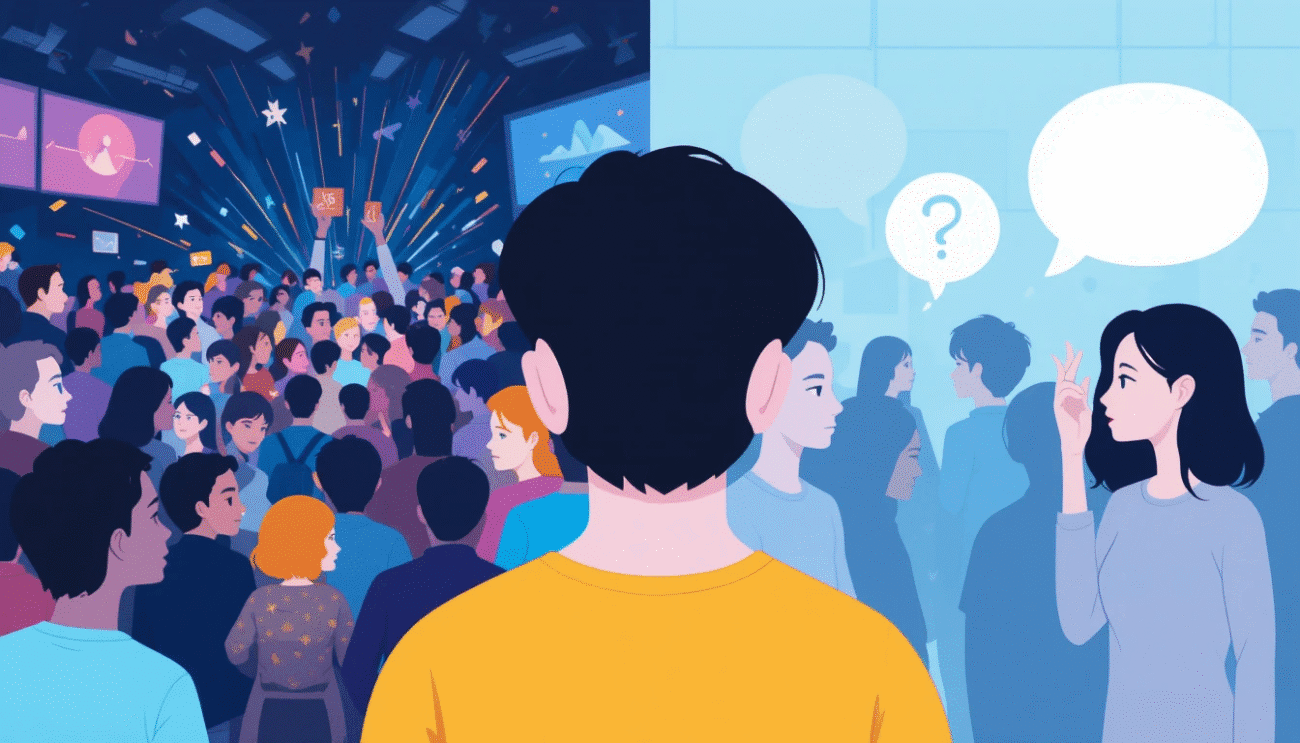If you’ve ever felt overwhelmed in social situations, second-guessing every interaction, you might be wondering: Is this autism or social anxiety? Many people search for answers because the two can look similar on the surface, leading to confusion and even misdiagnosis. Let’s break it down clearly so you can better understand your experiences and know when to seek help.
What Is Autism?
Autism, or autism spectrum disorder (ASD), is a neurodevelopmental condition that affects how someone communicates, interacts socially, and processes the world. It’s present from early childhood and lasts a lifetime. People with autism often experience differences in sensory processing, social cues, and routines.
- Sensory sensitivities: Overwhelmed by sounds, lights, or textures that others barely notice.
- Special interests: Deep passion for specific topics, providing comfort and joy.
- Repetitive behaviors: Actions like stimming (rocking or hand-flapping) to self-regulate.
Autism isn’t about lacking empathy—it’s about experiencing the world differently. [internal link to autism myths]
What Is Social Anxiety?
Social anxiety disorder (SAD) is a mental health condition where fear of judgment or embarrassment in social settings causes intense distress. Unlike autism, it can develop at any age, often in adolescence, and stems from anxiety rather than neurological differences.
- Fear-driven avoidance: Skipping events due to worry about being scrutinized.
- Physical symptoms: Racing heart, sweating, or trembling during interactions.
- Desire for connection: Wanting to socialize but feeling blocked by anxiety.
It’s treatable and doesn’t define your entire way of processing information. [link to external study on social anxiety prevalence]
Similarities Between Autism and Social Anxiety
Both can make social interactions challenging, leading to withdrawal or awkwardness. This overlap is why misdiagnosis happens, especially in high-masking autistic individuals who hide their traits.
- Avoiding eye contact or small talk.
- Feeling drained after social events.
- Struggling with starting conversations or reading body language intuitively.
- Preference for predictable routines to reduce overwhelm.
Up to 50% of autistic people also have social anxiety, far higher than the general population’s 7-13% rate. This co-occurrence adds layers to daily life.
Key Differences: Autism vs Social Anxiety
While symptoms overlap, the roots and experiences differ. Understanding these can help you pinpoint what’s going on.
Social Motivation
In social anxiety, you often crave friendships but fear holds you back, leaving you sad about isolation. With autism, social motivation might be lower—you’re content with solitude or deep connections over casual chats, without the same fear of judgment.
Sensory and Physical Manifestations
Autism often involves sensory overload, like needing noise-canceling headphones in crowds. Social anxiety brings anxiety-specific reactions, such as nausea or panic attacks triggered by perceived scrutiny.
Age of Onset and Development
Autism signs appear in early childhood, like delayed speech or intense focus on objects. Social anxiety typically starts around age 13 and can fluctuate with life stressors.
Masking and Exhaustion
High-masking autistics analyze social cues intellectually, leading to burnout. Those with social anxiety might overthink interactions but grasp cues more intuitively.
Response to Social Environments
Autistic people may feel less anxious around other autistics due to shared communication styles. Social anxiety persists across all groups, driven by internal fears.
Co-Occurrence: When Autism and Social Anxiety Overlap
Many autistic individuals develop social anxiety from repeated negative experiences, like bullying or misunderstanding cues. Factors like intolerance to uncertainty and emotional regulation challenges heighten this risk. If you suspect both, a dual diagnosis can guide better support.
How to Tell the Difference: Diagnosis Tips
Professional assessment is key—don’t self-diagnose. For autism, expect evaluations covering childhood history and sensory traits via DSM-5 criteria. Social anxiety diagnosis focuses on fear patterns and avoidance impacting life.
- Track your triggers: Is it fear of embarrassment or sensory overload?
- Note childhood patterns: Were social struggles always there?
- Consider a neurodiversity-affirming therapist for accurate insights.
Treatment and Support Options
Good news: Both are manageable with tailored approaches.
For Social Anxiety
Cognitive behavioral therapy (CBT) and exposure techniques help reframe fears. Medications like SSRIs can ease symptoms. Lifestyle tweaks, such as mindfulness, build resilience.
For Autism
Focus on strengths—therapy might include social skills training or sensory accommodations. If anxiety co-occurs, combine strategies for holistic support.
Explore support groups or apps for daily coping. [internal link to autism support resources]
When to Seek Professional Help
If social struggles interfere with work, relationships, or well-being, talk to a doctor or psychologist. Early insight can transform your life—don’t wait.
Ready to take the next step? Schedule a consultation with a specialist today for personalized guidance.
Practical Takeaway
Autism and social anxiety both challenge social navigation, but autism is about neurological differences, while social anxiety centers on fear. Recognize your patterns, seek expert advice, and remember: You’re not alone in this journey.
